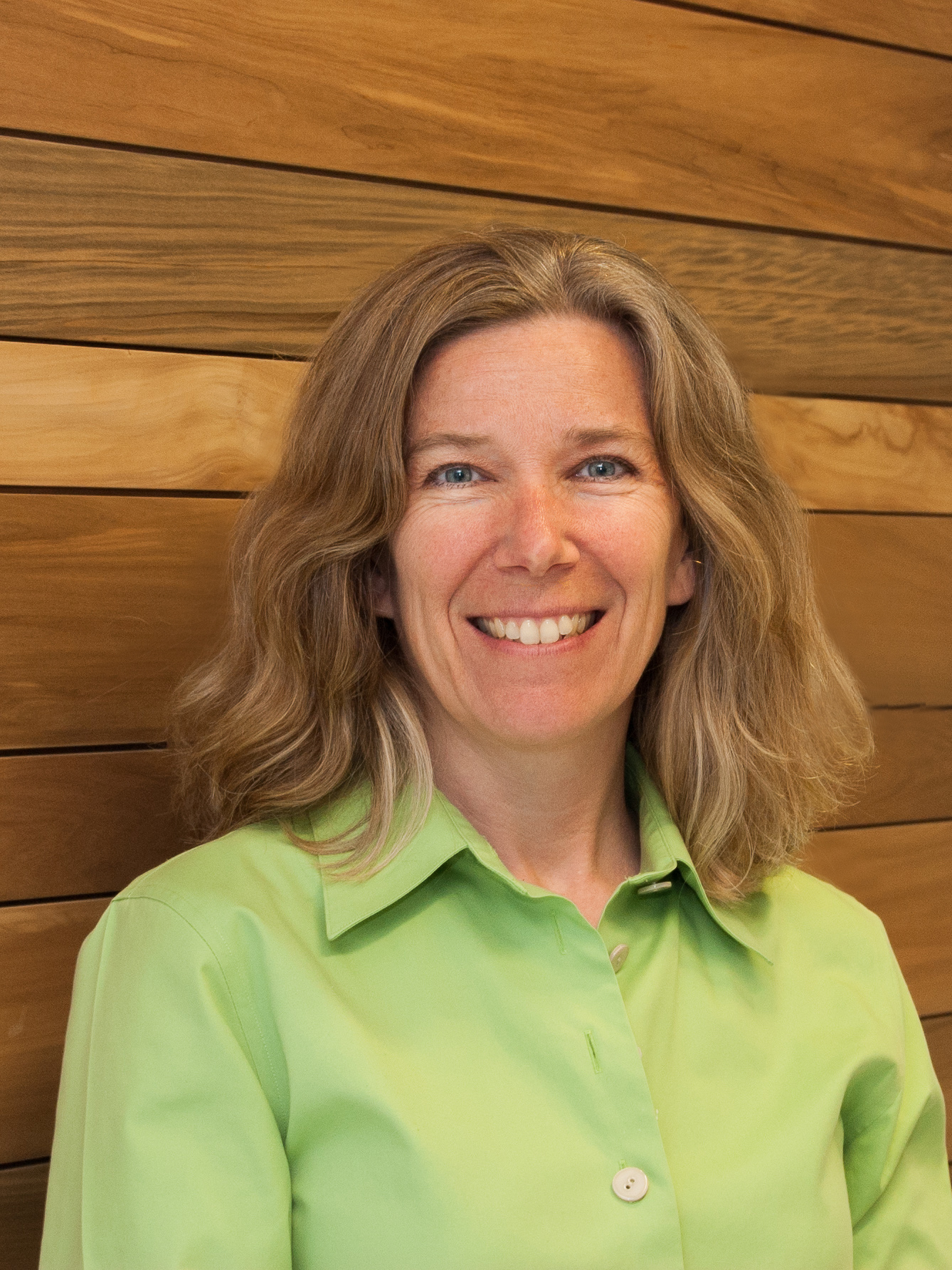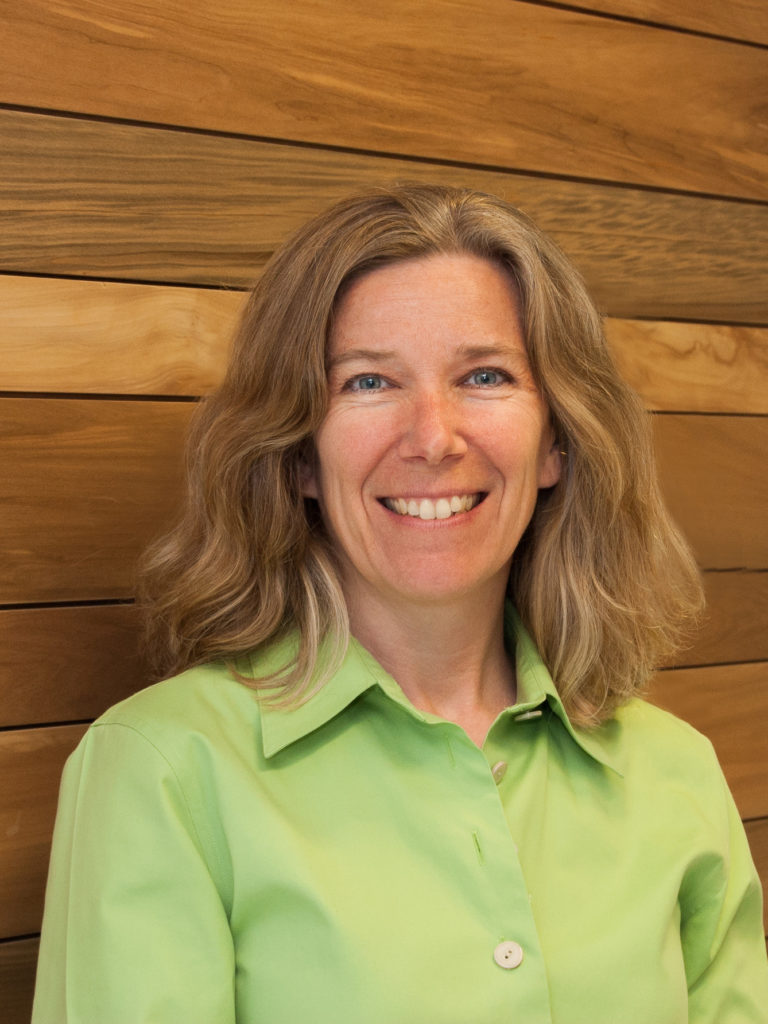Research highlights growth
in green building activity
By Liz Beardsley,
senior policy counsel, USGBC
The latest Dodge Data & Analytics World Green Building Trends 2018 SmartMarket Report, to which the U.S. Green Building Council (USGBC) was a contributing partner, revealed that green building activity continues to expand in all regions around the globe, with significant increases expected in 19 countries over the next three years. In the U.S., the report showed an increase of 13% – from 32% to 45% – in the respondents indicating that most of their projects will be green.
In the U.S., client demands was a top trigger, cited by about half of respondents, while environmental regulations and healthier buildings were also important triggers. Looking at social and environmental drivers, the report found that improving occupant health and wellness and encouraging sustainable business practices are the top factors. In fact, over three-quarters of U.S. respondents listed improved health and wellness as one of the top two factors.
When it comes to cost and value, respondents reported that green buildings provide business benefits such as reduced operating costs, and a pay- back period for green investments of seven to eight years. Nonetheless, first cost – whether real or perceived – remains the top challenge to building green in the U.S. This suggests that some owners or buyers may be looking for shorter paybacks or may have difficulty accounting for benefits received by occupants or that are non-financial – such as health and wellness.
“The level of use of green flooring in 2015 was 42%, in 2018 was 40% and the anticipated use in 2022 is 48%. The results demonstrate ongoing interest and commitment to this category.” – Liz Beardsley
The report also offers insights into the green renovation market. More than 50% of respondents from the U.S. said green retrofits are in the pipeline, compared to a 37% global average. Notably, a higher percentage of those doing the majority of their projects green expect more than 10% savings on operational costs than those doing fewer projects. This could suggest that experience with green approaches can yield better outcomes, and/or that the experience provides confidence in the outcomes. The increase in renovations indicates significant opportunities for growth.
The use of green rating systems is also increasing. Two-thirds of the survey participants reported that using a rating system like LEED allows them to create a better performing building.
Additional global findings included whether respondents intended to specify or install eight categories of green products and services in the next five years, including flooring. The report showed the level of use of green flooring in 2015 was 42%, in 2018 was 40% and the anticipated use in 2022 is 48%. The results demonstrate ongoing interest and commitment to this category. In addition, respondents helped indicate the countries with the highest level of specification or instillation in each category. For flooring, Australia and U.S. ranked highest reporting between 50% and 59% use.
The study also looked at the criteria the industry uses to evaluate if a product is green. Energy efficiency remains the top category, but in addition, around 50% of survey respondents considered whether a product is made of recycled content and is nontoxic. Connecting not just building professionals, but people in general to healthier, more sustainable products is an important piece of green building. The ability to create high-performing, sustainable buildings goes beyond the environmental and business benefits; it also demonstrates a commitment to human health and improved quality of life.
The expected growth of the green building industry will reinforce the important work that’s already been done and help broaden the participation from those who have yet to take steps to become more sustainable.

